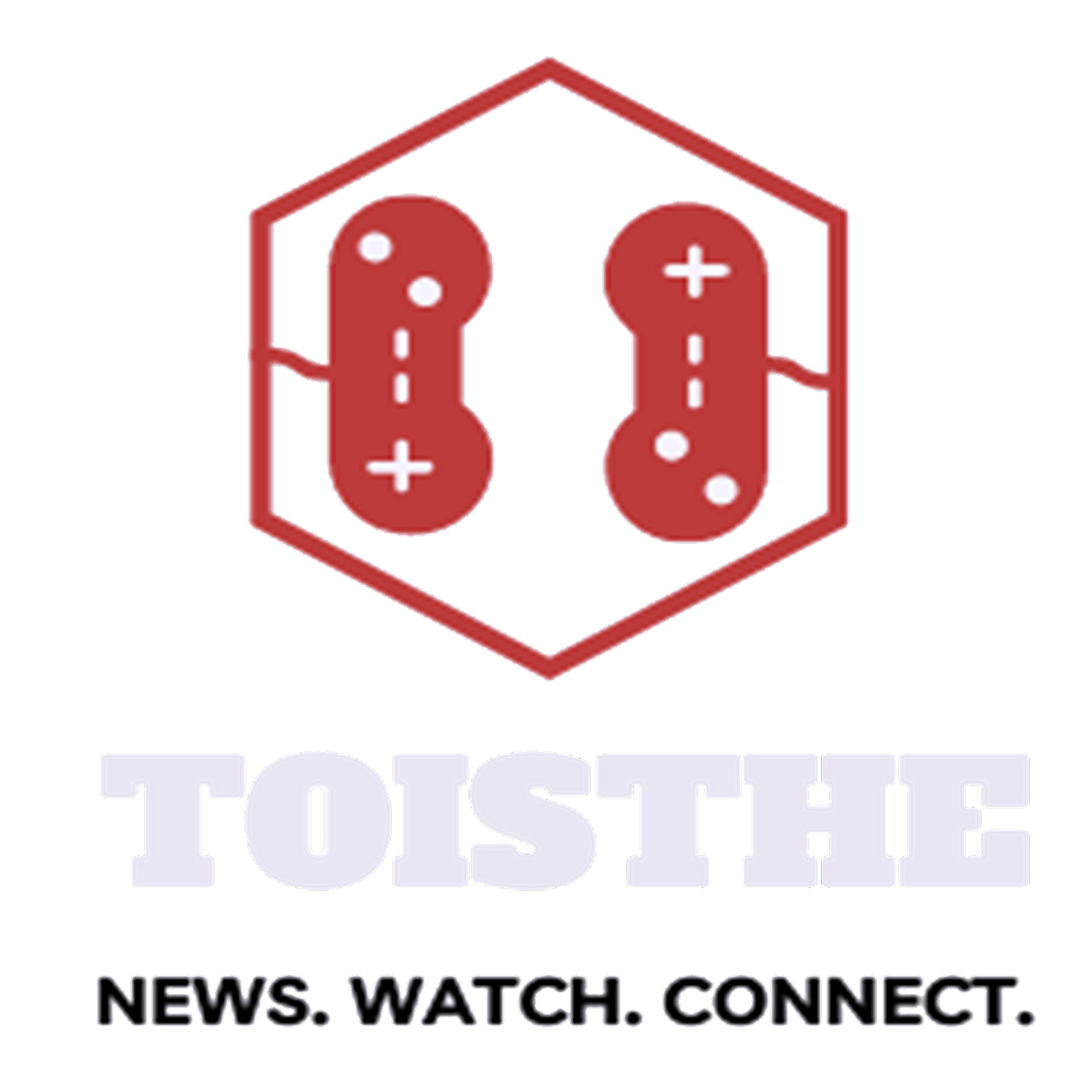Sonic the Hedgehog: The Super-hit SEGA classic games Forever
 |
| Image: SEGA |
Sonic the Hedgehog, one of gaming's most popular characters, originally appeared on our television screens 30 years ago. Nintendo and its mustached mascot Mario dominated the gaming industry in the early 1990s.
Sega, on the other hand, was keen to take on the Japanese behemoth with their new Mega Drive platform. They went to Tom Kalinske, the former CEO of Mattel, for assistance. Even for the guy who is credited with re-branding Barbie, coming up with a persona to match the iconic Italian plumber was difficult.
'He appeared to be rather aggressive.' Tom tells Radio 1 Newsbeat that one of the figures was a hedgehog with vicious fangs. "Very sharp spikes and looked quite vicious" were also present in the early drawings provided to Tom and his crew.
When you add in a human lover named Madonna, the early Sonic games were considerably different from what gamers all around the world have come to know and love. The persona was toned down, resulting in the iconic form we know and love today. "The figure went very, very fast across the screen," he recalls being really pleased about the final product and knowing they had something unique. He says, "I'd never seen something like it in a video game."
 |
| Image: Nintendo |
Sonic the Hedgehog is said to have sold more than 15 million copies since its first release on June 23, 1991. It was Tom's choice to include it with every Mega Drive system later on.
Sonic's popularity grew after his debut, thanks to the release of sequels, spin-offs, merchandising, comic books, and TV cartoon shows. The blue hedgehog, according to Tom, was exactly what they were searching for. "I wanted a television program from the beginning, as soon as we saw Sonic was the character we were going with, and we ended up with two distinct ones." "It was, quite honestly, an incredible achievement."
Mr. Kalinske departed Sega in 1996 after a tremendously successful era in which the firm effectively leapfrogged Nintendo in terms of sales. Sega's Dreamcast was a short-lived console.
Three years later, Sega's Dreamcast system was released. It was a direct competitor to Sony's hugely popular PlayStation 2, and it was canceled in 2001 due to a drop in sales.
 |
| Image: SEGA |
It's the last time the firm produced its own system, opting instead to focus only on game development.Following that, a slew of new and old Sonic games began to appear on other platforms.
It's not uncommon to see Sonic and Mario in the same game nowadays, but it was unheard of during the console wars of the 1990s.
Tom says that seeing the two big adversaries in the same game is still surprising, but he believes it was the right decision: "I understand the business motive. "I mean, Nintendo is obviously one of the top dogs, and because Sega is no longer making hardware, they have to work with the large manufacturers."
Sonic's life hasn't always gone according to plan throughout the course of his 30 years. A lot of video games have been panned in recent years for being hurried and badly produced.
Fans reacted so negatively to the character's first appearance that director Jeff Fowler altered the design to appease potential viewers ahead of the film's debut in 2020.
Despite this setback, the film grossed $306 million (£247 million) worldwide and had the most opening weekend for a video game adaptation in the United States.
Sonic, on the other hand, shows no signs of slowing down.
Sonic Colours: Ultimate, which will be published in September as part of the 30th-anniversary celebrations, is a remaster of the 2010 Nintendo Wii game.
Sonic's two-tailed fox sidekick Tails will star in a feature sequel in 2022, and a 3D animated series will premiere on Netflix. All of this gives Tom hope for the world's most renowned hedgehog's future.
I believe the brand will continue to be extremely powerful in the future, maybe even more so than it is now.









0 Comments
please do not enter any spam link in the comment box